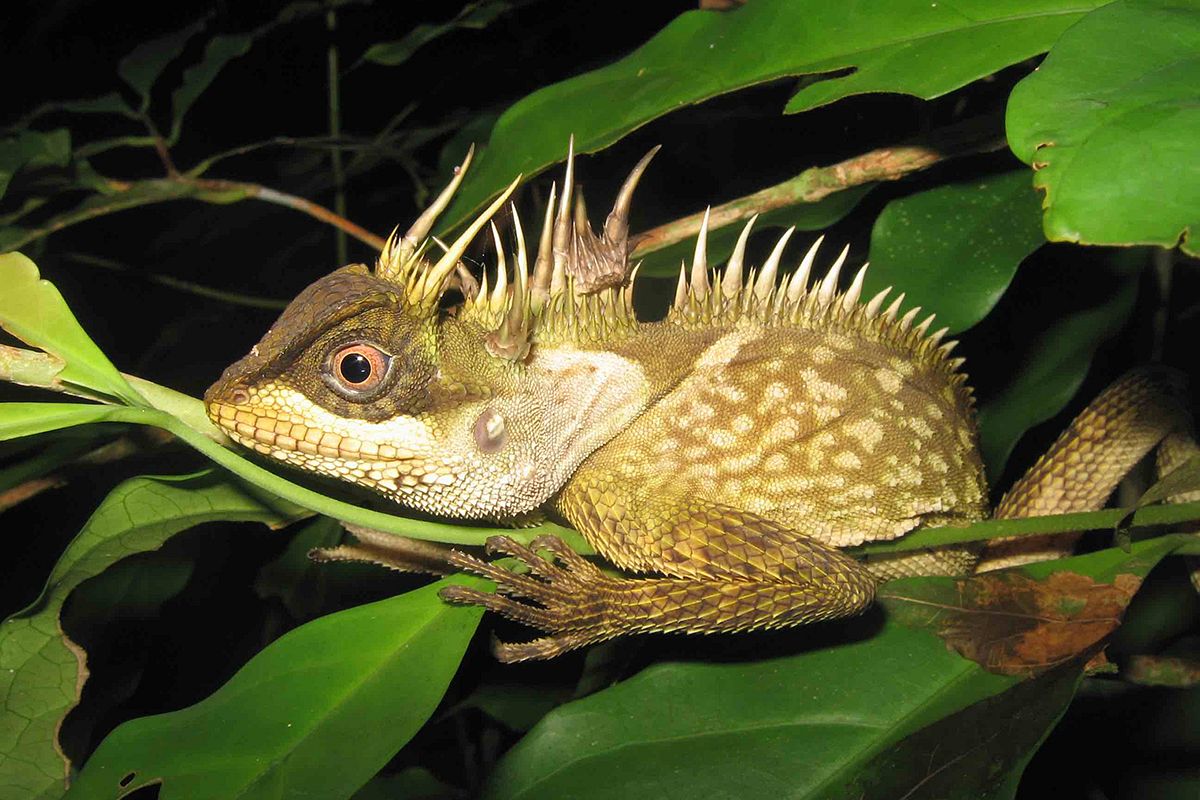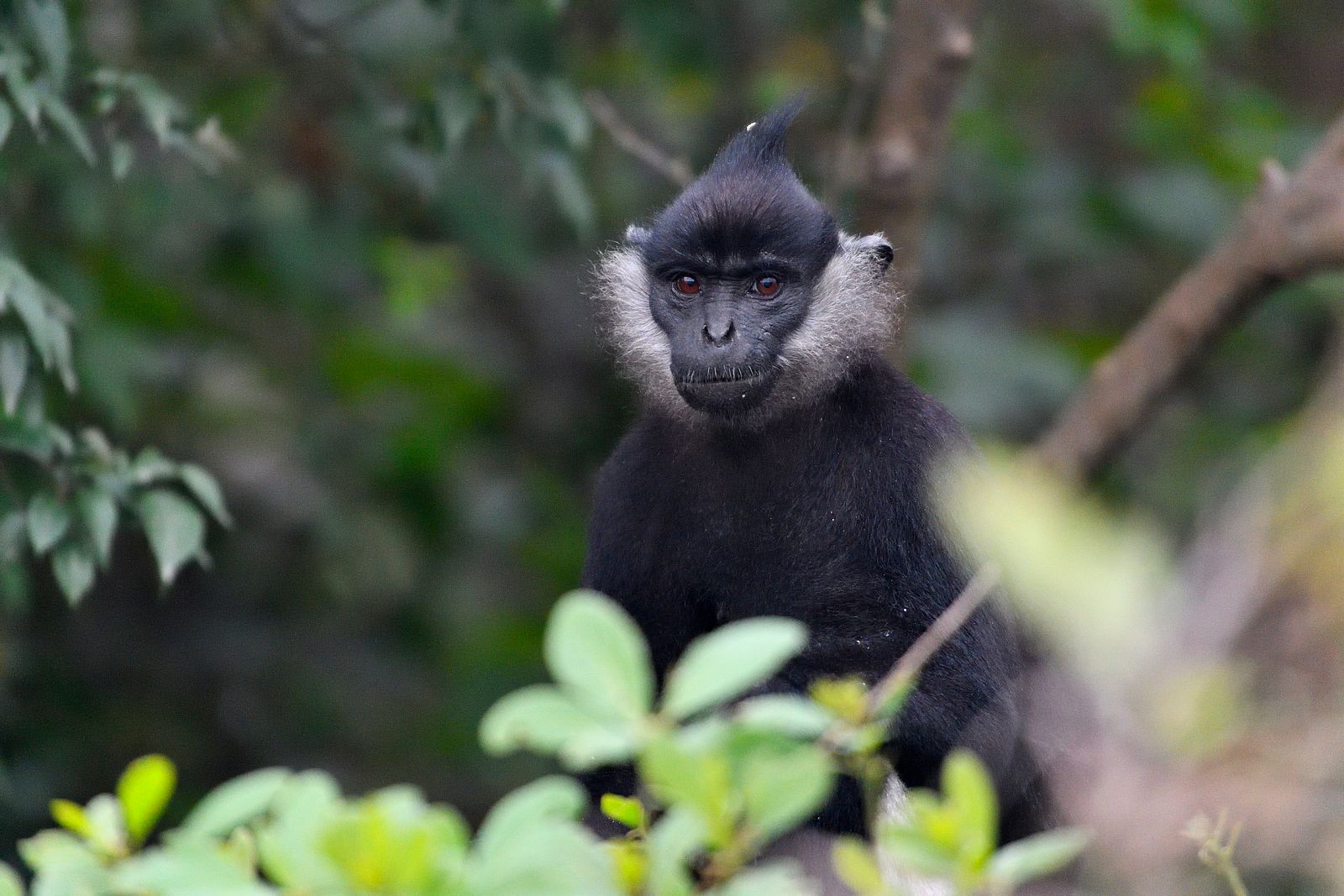As Vietnam struggles to curtail the import of illegal wildlife products, officials with the Ministry of Agriculture and Rural Development say they are considering “crushing” confiscated rhino horn, elephant ivory and tiger bone, reports Live Science.
The US, France and Hong Kong (pictured above) have set the precedent by destroying their large stockpiles of these illicit products.
As Vietnam has emerged as a leading corridor for the illegal wildlife trade, the Wildlife Conservation Society (WSC) applauded their proposed disposal:
"In recent years, the international community has recognized that Vietnamese citizens have emerged as key players in global illegal wildlife trade, as traders, transporters, traffickers and end-consumers for wildlife, “said Susan Lieberman, WCS executive director of conservation policy.
"If this decision is turned into action, it will set a high standard for other governments, and reinforce Vietnam’s commitment to treating wildlife crime as serious crime," Lieberman continued.
While the destruction is considered a largely symbolic act, the tactic is intended to “delegitimize ivory and send a message of zero-tolerance to poachers and traffickers.”
Even though many countries have stepped up efforts to end illegal wildlife trade, demand remains high and animals are still being slaughtered at an alarming rate. According to WSC, 96 elephants are killed every day in Africa, leading to a 76% decline in elephant populations since 2002. In 2013, 1,004 rhinos were poached in South Africa for their horns.
Locally, poaching has decimated wild elephant populations in Vietnam.
By some estimates, in 1980, there were approximately 1,500 to 2,000 elephants in Vietnam. But unchecked development, weak environmental laws, logging, poaching and human-elephant conflicts have reduced this number to 70 (and might be significantly lower).
[Live Science // Photo via South China Morning Post]














